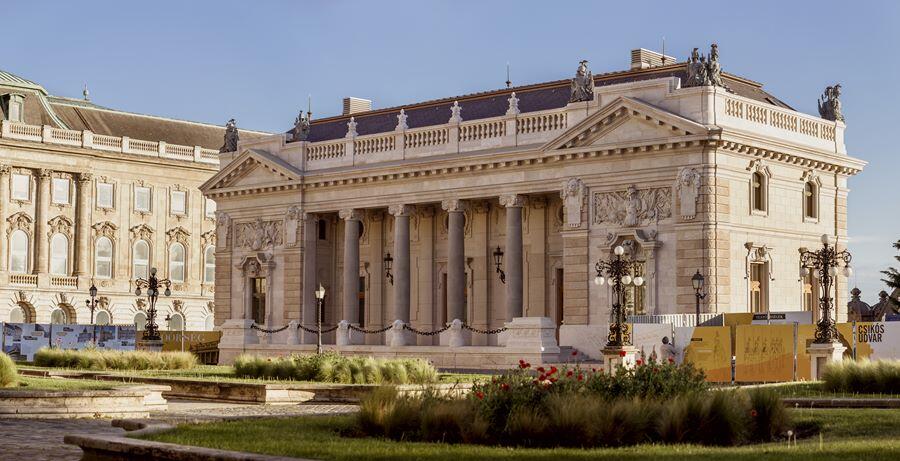Within the framework of the Hauszmann Programme involving a series of reconstructions around Buda Castle, the Főőrség Palace and nearby Riding School have been rebuilt around the original plans, archive photos and the architectural features that remained after war-time damage.
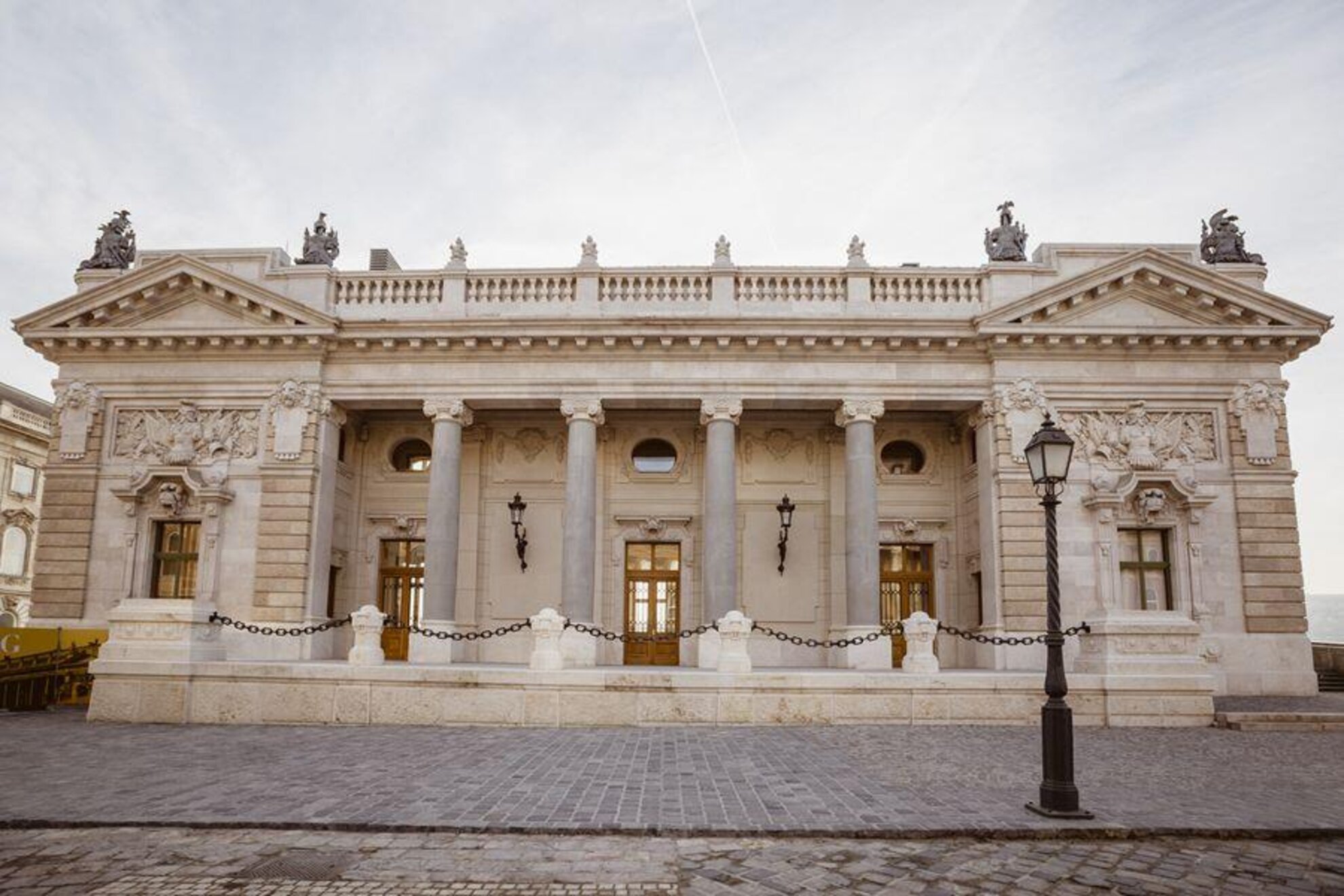
Previously spectacular but silent ornaments for visitors to the Castle District, the buildings reopened this month. On the ground floor, you can sit in the café or on the terrace, while the upper level displays an exhibition covering the building’s past. There will be a multifunctional event space in the Riding School, currently awaiting completion.
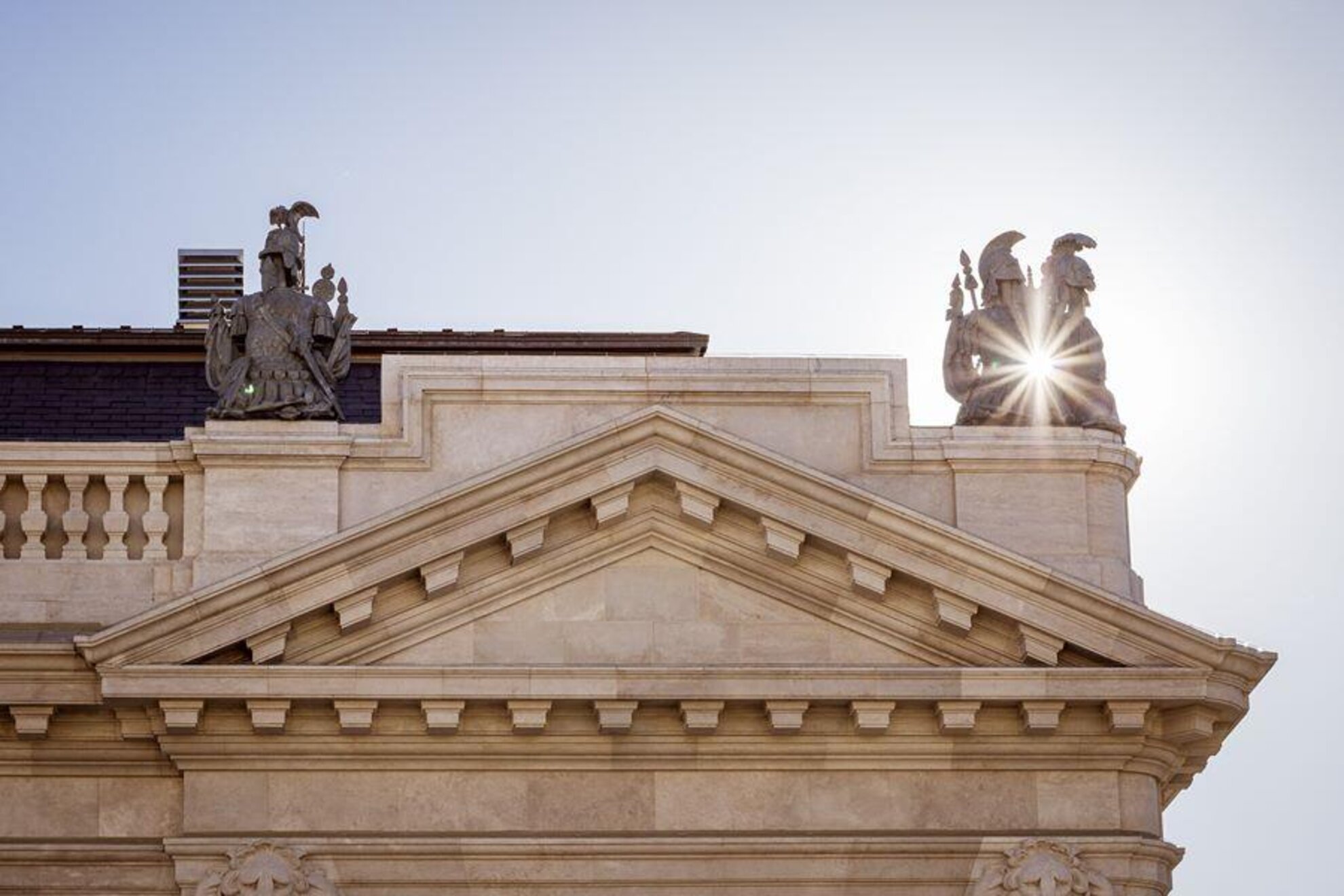
When the star architect of the Golden Age, Miklós Ybl, was one of several working on the fin-de-siècle transformation of Buda Castle, he also designed the Chief Guards’ building in 1885, where the castle supervisor's two-storey residential building once stood.
The house was demolished in 1901, so that the barracks of the Chief Guard could be built in its place according to the plans of Alajos Hauszmann. The Hungarian Royal Guard was housed here, and its remit was extended after 1920 to protect national leader Miklós Horthy and his family members.
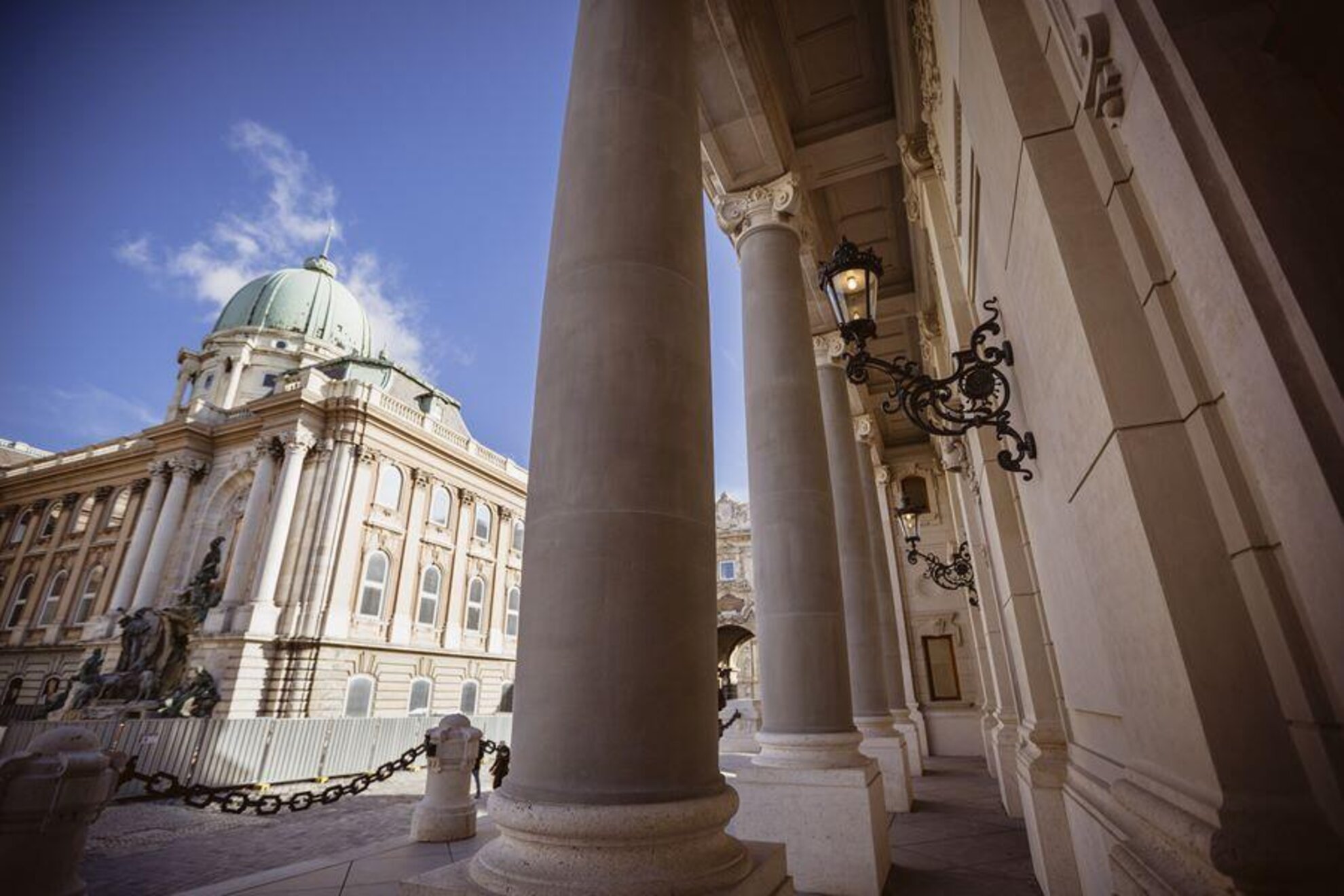
The guards also functioned as a kind of attraction, with a huge crowd waiting on Sundays to see the soldiers in their attractive uniforms as they changed guard to music in the afternoon.
The Neo-Renaissance building was damaged during the Siege of Budapest in early 1945, but not so badly that it couldn’t be repaired. Nevertheless, it was demolished by the Communist authorities in 1971, along with the ruins of the Riding School, built between 1898 and 1900, and the historic Stöckl Staircase, built in 1896.
Its huge columns, its façade decorated with beautiful statues, military symbols and weapons, have been ready to welcome visitors since March 2020, when the cordons were demolished around the building. However, pandemic restrictions forced its closure until now.
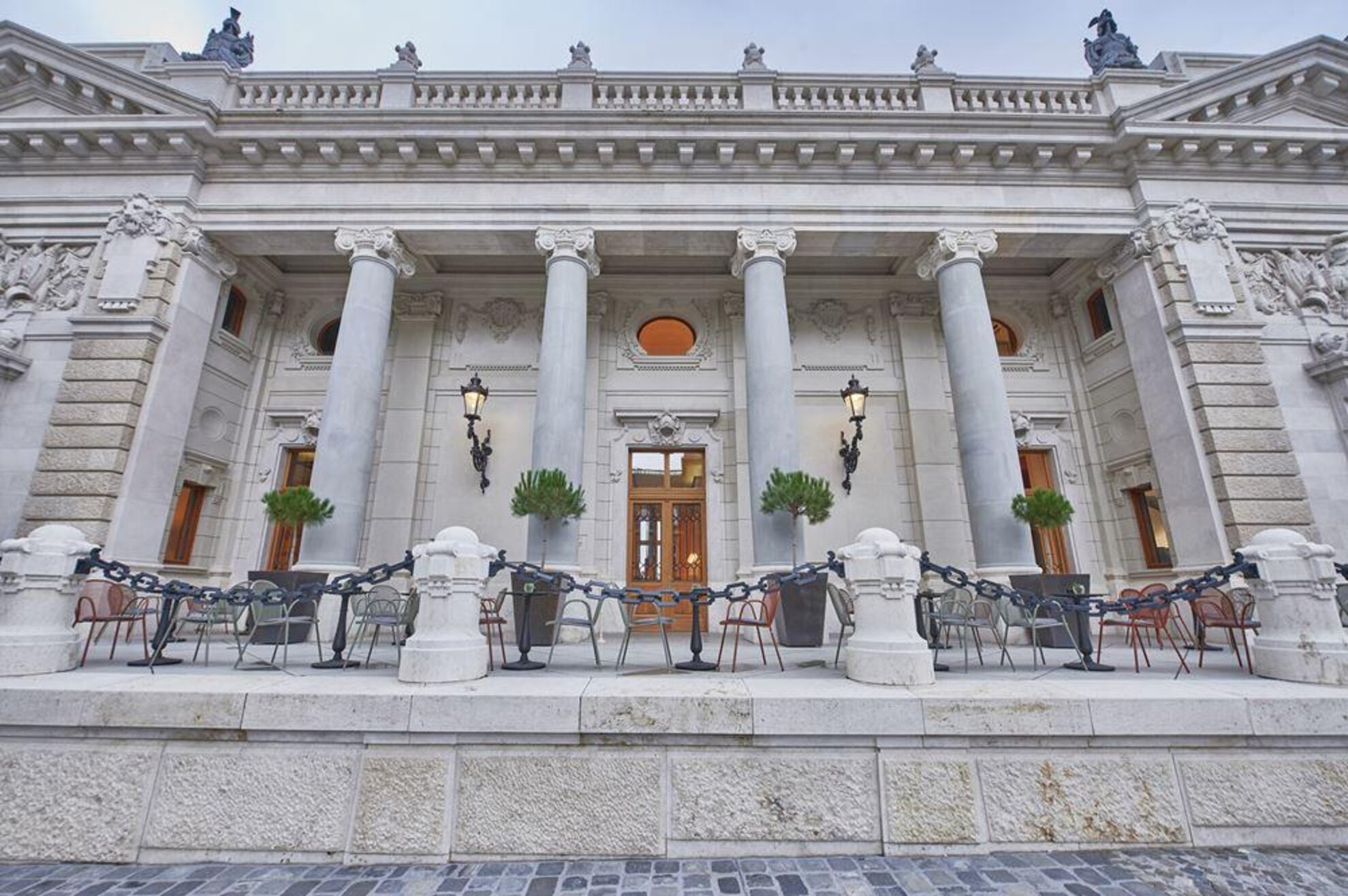
On the ground floor of the former barracks, a turn-of-the-century café-restaurant has been set up, and on the walls and ceiling, archive photos of the Guards commemorate the building’s past: valiant, straight-backed chaps with curlicue moustaches watch as you sip coffee.
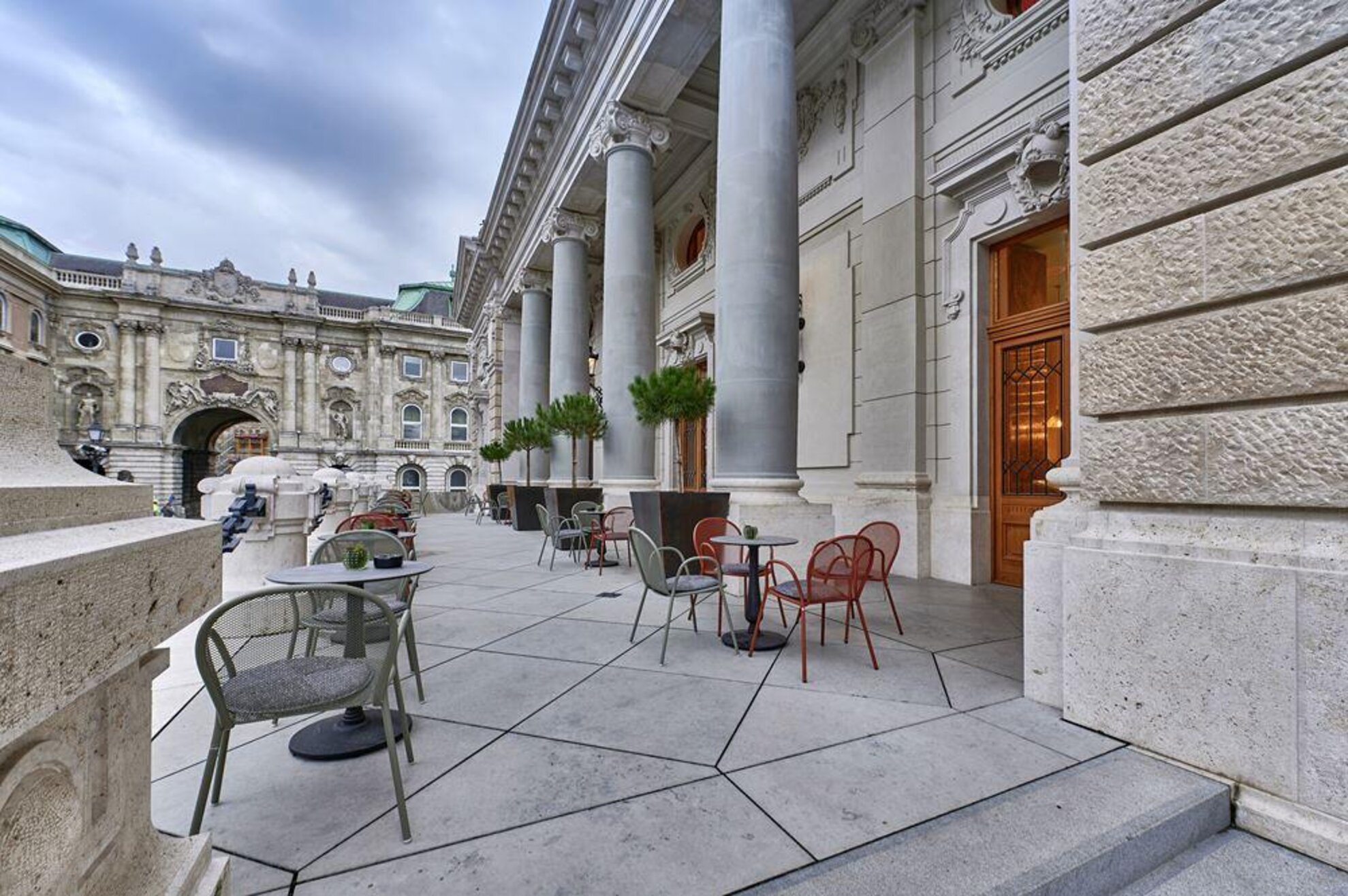
For the time being, you can only get cakes at the Royal Guard Café, the provision of hot food awaits until the virus situation improves. The window offers a beautiful view of Tabán and the Riding School topped with English slate, its surroundings currently being tidied up on the terrace.
On the other side, the terrace is equally convivial, allowing you to gaze over the buildings of the National Gallery and the passers-by in the Hunyadi Courtyard.
The top storey is reserved for Életem árán is! (‘With my Life!’), an exhibition presenting the 260-year history of the Castle Guards, starting from the founding of the Hungarian Royal & Noble Guards in 1760.
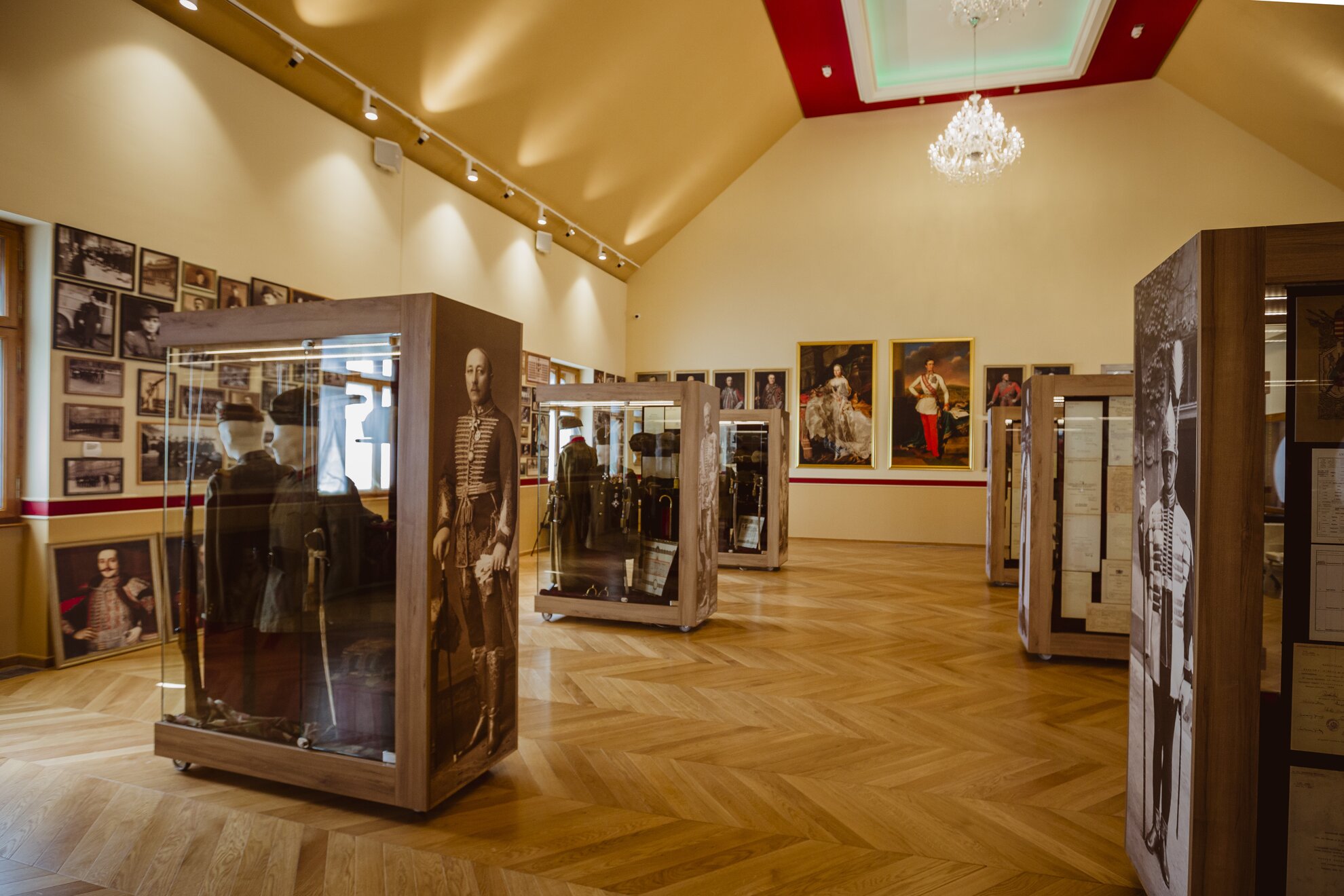
The images shown here are from a multi-generational private collection, the unique Gőgh Archive, and are complemented by uniforms, helmets, headgear, personal items, decorations and complete personal artefacts.
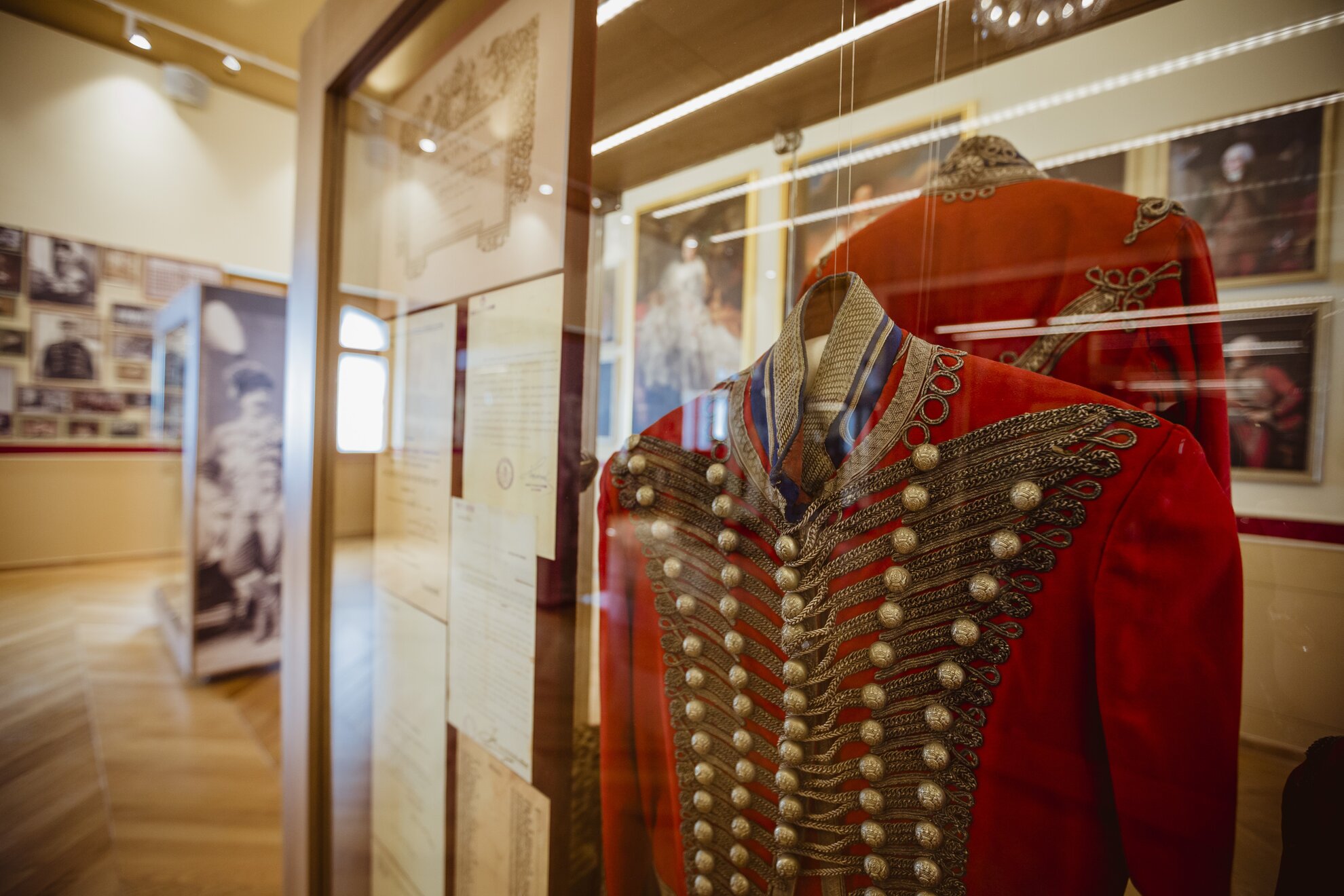
In the private back room, visitors will be able to watch a 3D projection spanning Hungarian history.
Főőrség Palace
District I. Hunyadi udvar
Current opening hours: Fri-Sun 11am-6pm
